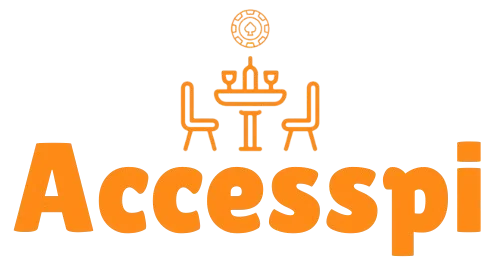In the ever-evolving blockchain space, one of the most significant challenges has been the fragmentation of ecosystems. Each blockchain offers its pulsebridge unique advantages, but the lack of interoperability between them has limited the potential for cross-chain transactions and decentralized finance (DeFi) innovation. PulseChain, created by Richard Heart, aims to provide a more efficient alternative to Ethereum, offering faster transactions and lower gas fees. However, while PulseChain’s scalability has been a major selling point, its isolated ecosystem has kept it from tapping into Ethereum’s vast liquidity and DeFi services. The PulseChain Bridge is the solution that bridges this gap, enabling seamless asset transfers between PulseChain and Ethereum, unlocking a new realm of possibilities for users and developers alike.
The PulseChain Bridge facilitates the transfer of assets between PulseChain and Ethereum, making it easier for users to access both networks without needing centralized exchanges. Ethereum’s DeFi ecosystem is far more established, with decentralized exchanges (DEXs), liquidity pools, and lending protocols that have seen substantial growth. However, Ethereum’s transaction fees and congestion have made it less appealing for some users. PulseChain, on the other hand, offers significantly lower fees and faster transaction times, but without a comparable DeFi infrastructure. By connecting PulseChain to Ethereum, the PulseChain Bridge allows users to transfer assets between the two, enabling PulseChain users to participate in Ethereum-based DeFi platforms without experiencing high gas fees.
The process of transferring assets through the PulseChain Bridge involves the use of smart contracts, which lock the assets on one blockchain and release an equivalent amount on the other. This ensures that assets are not lost or duplicated during the transfer process, providing a secure and transparent way to interact across chains. Whether users want to participate in Ethereum’s liquidity pools or utilize PulseChain’s low-fee environment, the bridge makes the transition seamless. The bridge, by allowing such interoperability, brings immense value to users who now have the flexibility to choose where and how they transact without being confined to one network’s limitations.
For developers, the PulseChain Bridge opens up a new frontier for building decentralized applications (dApps). Ethereum, despite its high fees, remains the largest platform for DeFi applications. PulseChain offers a cheaper and faster alternative, but without access to Ethereum’s massive liquidity pool, it remained difficult for developers to fully leverage PulseChain’s potential. The bridge makes it possible to create applications that interact across both PulseChain and Ethereum, offering scalability and flexibility that were previously unavailable. This cross-chain functionality significantly expands the range of possibilities for dApp developers, enhancing the utility of PulseChain and its ecosystem.
In conclusion, the PulseChain Bridge marks a crucial advancement in the blockchain space by improving the interoperability between PulseChain and Ethereum. With this solution, users can take advantage of Ethereum’s expansive DeFi ecosystem while benefiting from PulseChain’s superior transaction speed and low fees. By fostering cross-chain compatibility, the bridge unlocks new opportunities for users and developers, paving the way for a more integrated and efficient decentralized future.
